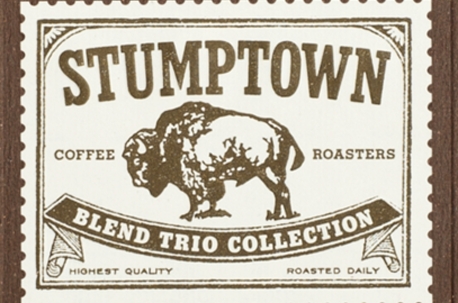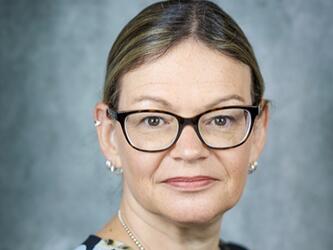The democratisation of market research

Of the many advantages that large brands have long enjoyed over smaller competitors, access to, and ability to afford, quality market research is certainly among the most important. Armed with granular insight on market conditions or consumer receptivity, large brands are able to optimise their positioning and approach, while start-ups have to rely largely upon secondary research, personal observation or ‘gut feel’.
No more.
Technology is democratising market research and as a result the entire brand landscape is changing.
Traditionally, big brands could commission a market research company to get to know a consumer target through pure blunt force. The only way small brands could break into the market was usually to begin with a market that they knew well, wing it and then wait to be acquired in order to grow.
Technology has changed that equation. Online surveys and virtual panels were the start. Survey Monkey and other options presented small brands with a quick, inexpensive way to survey their customers and potential customers. New services, such as those provided by my company, Findyr, or through Gigwalk and Quri’s retail analytics, mean brands can perform market research offline and obtain pricing data, mystery shopping and consumer surveys from the real world.
Social media analytical tools like Brandwatch, that allow brands to not just observe but actually understand social media data surrounding their product, mean even small companies can digest massive amounts of data. This is not to mention brands’ ability to use Google Earth, or even a mini-drone, to get an aerial view of real estate and other information that was once all but impossible for anyone less than the head of P&G or maybe a US President to get their hands on.
This technology change allows smaller brands to do three key things.
First they can understand what their current customers think about their products in an unprecedented amount of detail. Since these brands are smaller and more agile than big brands, they can understand and react to changes in customer sentiment by changing their marketing or even their products very quickly.
Small brands can also use new research technologies to seamlessly transition between online and offline when marketing and selling. They can do this by integrating online surveys with offline, on-location surveys to assess everything from the value of their marketing dollars to their store shelf placement.
Finally, small brands are able to go global much faster than ever before. New technology makes performing a survey or checking prices in China or Brazil as easy and cost-effective as in Cincinnati or Miami.
As a result, many small brands are growing significantly faster than larger brands, especially in premium products like coffee, beer and organic foods. ‘Brooklyn-style’ products like Stumptown Coffee, which charges a huge premium versus even formally premium products like Starbucks, are making the biggest gains. What’s even more important to consider about these small brands is that they are spreading, not just around the country but also, increasingly, around the world.
This makes sense, as growing middle class customers in China or India look to emulate US consumers. With yet another barrier to expansion removed by the democratisation of market research, small brands are looking to revolutionise the brand landscape.
Anthony Vinci is CEO and founder of Findyr

We hope you enjoyed this article.
Research Live is published by MRS.
The Market Research Society (MRS) exists to promote and protect the research sector, showcasing how research delivers impact for businesses and government.
Members of MRS enjoy many benefits including tailoured policy guidance, discounts on training and conferences, and access to member-only content.
For example, there's an archive of winning case studies from over a decade of MRS Awards.
Find out more about the benefits of joining MRS here.












1 Comment
Mary Lim
10 years ago
This is an article after my own heart. I come from an advertising background with a focus on market research (last century) without the technology. I now teach advertising & promotion, and tell the class that SMEs won't prioritise their budgets for market research, so they need to know how to carry it out, using whatever technology throws at us. The latest one we used in class was web crawler. This article is a breathe of fresh air for me to ward off fuddy-duddy academia... Thank you Anthony.
Like Reply Report